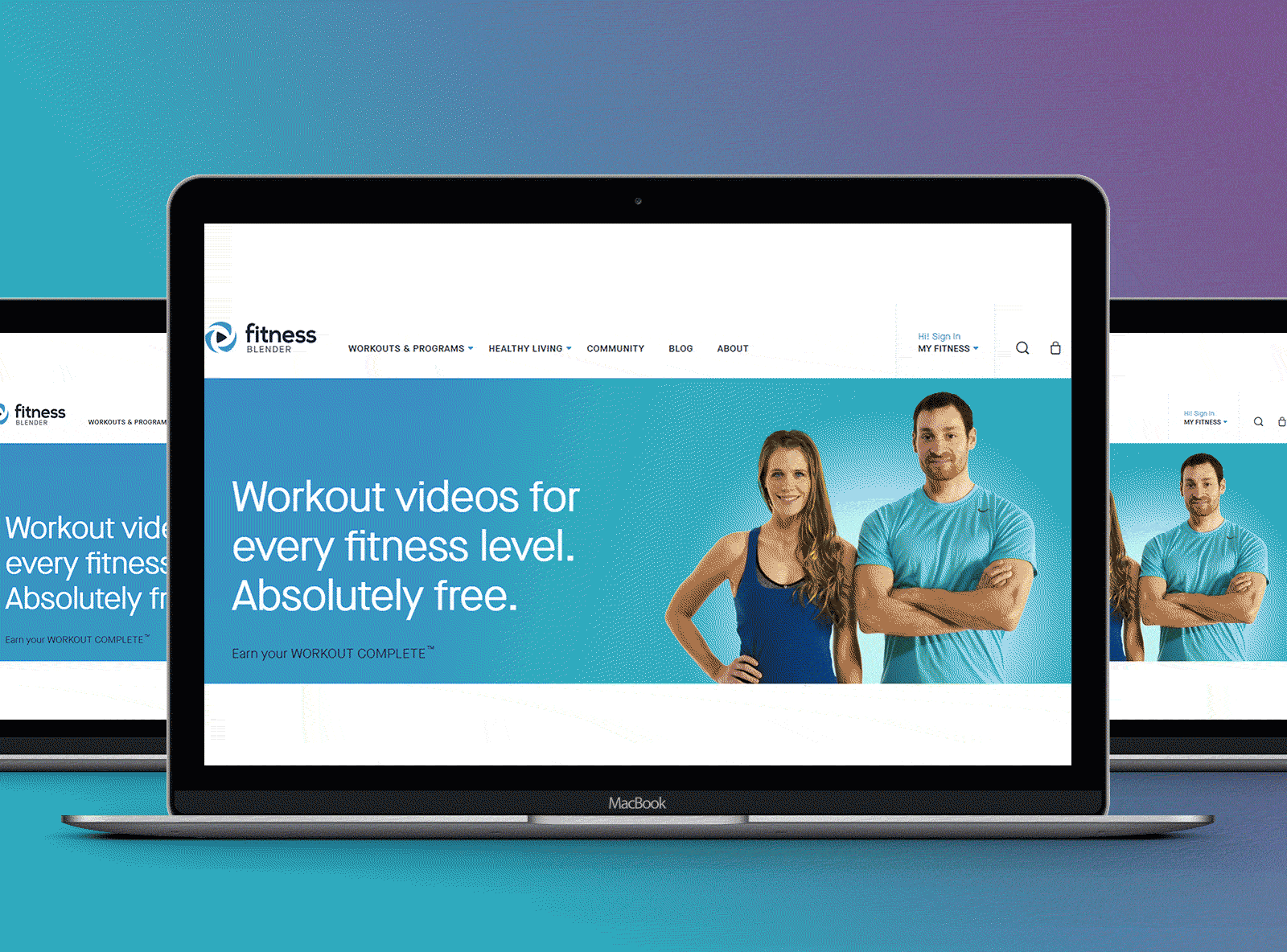How Website Design in copyright Helps Boost Your Online Visibility
How Website Design in copyright Helps Boost Your Online Visibility
Blog Article
Achieve Online Success With User-Friendly Site Layout
In the increasingly competitive electronic landscape, the style of a web site can be a crucial consider establishing an organization's success. Straightforward layout not only enhances the general individual experience however also affects crucial metrics such as conversion, retention, and engagement prices. By prioritizing user-friendly navigating and accessibility, organizations can cultivate a more inclusive environment that attract a more comprehensive audience. Nevertheless, understanding the specific principles and attributes that add to reliable design calls for a better examination of present trends and finest techniques, which can expose possibilities for considerable improvement.
Value of Customer Experience
Customer experience (UX) plays a crucial duty in the success of a web site, as it straight influences individual satisfaction and involvement. A positive UX makes sure that visitors can navigate the website easily, accessibility details swiftly, and complete wanted actions, such as signing or making a purchase up for an e-newsletter, without aggravation.
In a digital landscape where competitors is tough, a web site that focuses on UX can considerably enhance brand name commitment and retention. Individuals are more probable to go back to a website that provides a seamless experience, producing a cycle of repeat brows through and enhanced client lifetime worth. Moreover, efficient UX layout can reduce bounce rates, as customers are much less likely to leave a website that satisfies their needs successfully.
Moreover, search engines significantly think about individual experience variables when ranking sites. Hence, spending in customer experience is crucial for attaining lasting success in the digital marketplace.
Key Concepts of User-Friendly Style
A successful user-friendly layout rests on several crucial concepts that enhance usability and availability. Primarily is simpleness; a clutter-free user interface makes it possible for users to navigate effortlessly, minimizing cognitive lots. This concept stresses the significance of clear and concise content, allowing customers to discover information quickly without unneeded diversions.
Uniformity is an additional important element. Consistent use of font styles, colors, and designs cultivates knowledge and constructs depend on. Individuals need to feel comfortable as they explore various areas of the website, recognizing that comparable elements signify related capabilities.
Efficient typography additionally plays an important function in easy to use design. Readable fonts, suitable dimensions, and appropriate spacing guarantee that material is conveniently readable throughout different devices. In addition, including user-friendly aesthetic pecking orders helps customers recognize essential information and actions at a look.

Important Features for Navigation
Reliable navigating is critical for any easy to use site, as it directly influences the total user experience. A well-structured navigation system enables individuals to find information promptly and efficiently, minimizing frustration and increasing interaction.
One vital feature is a intuitive and clear menu that categorizes material rationally - website design copyright. This menu must be conveniently accessible from every page, often positioned at the leading or on the side of the site. Additionally, integrating breadcrumb navigation aids customers recognize their place within the site power structure and makes it much easier to backtrack
Browse capability is an additional crucial component, enabling individuals to locate certain content without looking with several web pages. This feature ought to be plainly presented and responsive to variants in input.
Furthermore, a mobile-responsive style makes certain that navigating remains seamless across gadgets. As mobile use proceeds to rise, food selections should adjust to various display sizes without compromising functionality.
Lastly, visual hints such as highlighting the active web page and making use of hover impacts can improve individual interaction. By incorporating these necessary functions, internet site designers can create a navigational experience that is not just straightforward yet likewise urges exploration and retention.
Accessibility Factors To Consider
Availability factors to consider are important to producing a straightforward web site that satisfies all people, despite their impairments or capacities (website design copyright). Sites have to be developed to guarantee that individuals with aesthetic, acoustic, cognitive, or electric motor disabilities can engage with material properly. This starts with adherence to the Web Web Content Availability Standards (WCAG), which give a framework for making electronic web content more accessible
Key methods consist of the usage of detailed image source alternate message for images, guaranteeing color comparison proportions fulfill access criteria, and offering subtitles for multimedia components. In addition, the navigating should be user-friendly, permitting customers to tab with links and interactive aspects quickly. Executing keyboard navigation is critical for those incapable to make use of a mouse.
In addition, succinct and clear language improves comprehension for customers with cognitive constraints. Kinds ought to be straightforward, with labels click here to find out more and instructions that are understandable. Regular ease of access testing, including customer responses from people with impairments, can assist recognize barriers and boost functionality.
Gauging Style Success

User responses studies and usability testing are essential in examining the effectiveness of layout components. These approaches permit developers to gather direct input from individuals, identifying pain factors and locations for improvement. Furthermore, tracking heatmaps can reveal where users click most often, aiding to inform layout modifications and content prioritization.
Analytics tools play an important function in determining style success by giving data-driven understandings. Google Analytics can track individual habits, disclosing patterns that indicate whether the style is helping with or preventing the customer trip. Ultimately, a successful site design not just satisfies company purposes however likewise fosters a seamless and enjoyable individual experience, driving involvement and commitment with time. Routinely revisiting these metrics ensures that the website advances in positioning with customer requirements and market best techniques.
Final Thought
Focusing on user experience via simpleness, user-friendly navigation, and reliable feedback systems not only boosts individual engagement and contentment however additionally promotes brand loyalty. Including crucial navigation attributes and accessibility factors to consider even more ensures that all individuals can effectively interact with the site.
Internet sites need to be designed to ensure that users with aesthetic, auditory, cognitive, or electric motor disabilities can engage with content efficiently.Determining design success includes examining how efficiently an internet site satisfies its desired objectives while giving a positive user experience. Google Analytics can track individual behavior, exposing patterns that suggest whether the design is preventing the individual or assisting in trip. Eventually, an effective internet site design not just meets service purposes yet also fosters a delightful and smooth user experience, driving engagement and loyalty over directory time. Prioritizing individual experience with simpleness, instinctive navigation, and effective comments mechanisms not only improves user engagement and complete satisfaction yet also fosters brand name commitment.
Report this page